The core assembly of any mechanical brake system hinges on BRAKE CABLE Parts working in perfect harmony. The inner cable, outer housing, ferrules, end caps, and adjusters together determine lever feel and stopping power. By optimizing each of these BRAKE CABLE Parts, manufacturers have unlocked crisper modulation and shorter stopping distances under all conditions—rain, mud, or dust included.
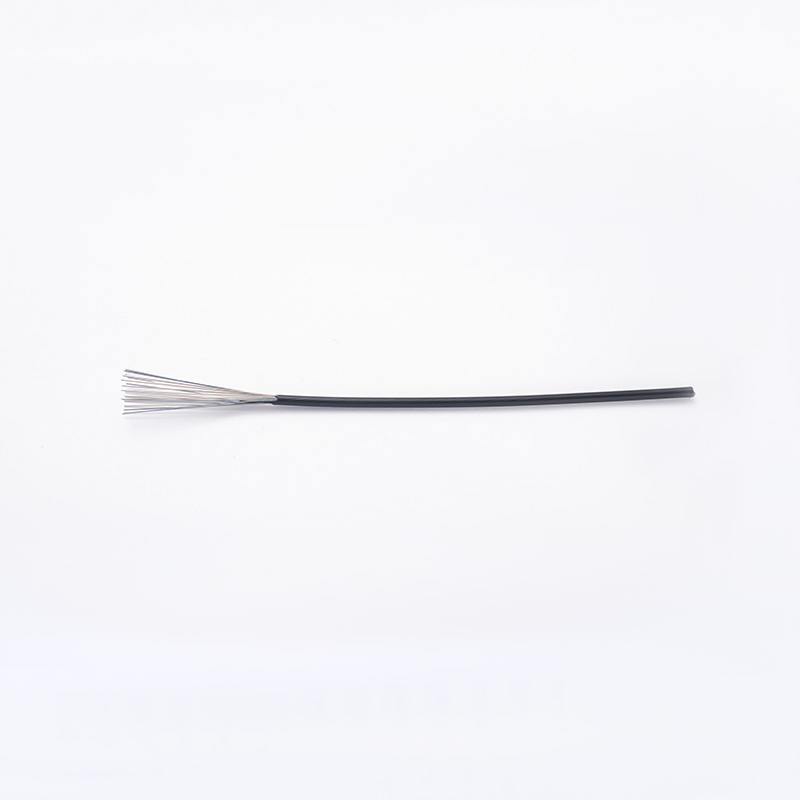
Precision Engineering at Work
Cutting‑edge BRAKE CABLE Parts now incorporate CNC‑machining for adjusters and ferrules, ensuring tolerances within microns. This level of precision means consistent cable tension and repeatable lever throw every time you squeeze the brake lever. Riders upgrading to these high‑precision BRAKE CABLE Parts report immediately noticeable improvements in lever feedback and brake bite consistency.
Materials and Coatings
Gone are the days of bare steel cables attracting grime and wear. Today’s BRAKE CABLE Parts feature inner wires coated with PTFE or DLC (diamond‑like carbon) films that reduce friction by up to 60%. These slick coatings not only enhance performance but also dramatically extend service intervals by keeping contaminants at bay. Pair that with corrosion‑resistant stainless steel or even titanium cores, and you have a cable lineup built to outlast the frames they serve.
Ferrules and End Caps: Small But Crucial
Many overlook ferrules and end caps as mere ancillary BRAKE CABLE Parts, yet they play a vital role in sealing housing ends and guiding the inner cable. Modern designs use anodized aluminum or brass alloy for tight fits that prevent liner bulging and cable misalignment. Even in high‑tension setups like downhill racing, these small BRAKE CABLE Parts ensure smooth entry and exit points for the cable, eliminating untimely friction spikes.
Adjusters and Fine‑Tuning
Micro‑precision adjusters have become essential BRAKE CABLE Parts in every toolkit. Featuring knurled knobs with detent systems, these adjusters allow on‑the‑fly cable tension tweaks without tools. Whether you need a millimeter‑precise adjustment after brake pad bedding or quick tweaks on a long ride, these BRAKE CABLE Parts put control back in your hands—literally.
The safety and performance of a vehicle are fundamentally linked to the effectiveness of its braking system. Among the many components that contribute to this system, the Universal Inner Brake Wire and Brake Inner Wire Cable Line play a crucial role. These components are essential for transmitting the force applied on the brake pedal to the brake calipers, ensuring a responsive and reliable braking action. In this essay, we will delve into the details of these two components, their functions, and their importance in maintaining vehicle safety.
Universal Inner Brake Wire
The Universal Inner Brake Wire is a critical part of the braking system in many vehicles. It is a flexible wire that runs from the brake pedal to the master cylinder, which is responsible for converting the mechanical force from the pedal into hydraulic pressure. This hydraulic pressure is then transmitted to the brake calipers, causing the brake pads to clamp onto the brake rotors and slow down or stop the vehicle.
The Universal Inner Brake Wire is designed to be adjustable and compatible with a wide range of vehicles, hence the term "universal." This versatility allows it to be used in different makes and models without the need for specialized parts. The wire is made from high-quality materials that can withstand the high pressures and temperatures generated during braking. It is also designed to resist corrosion and wear, ensuring a long service life.
One of the key features of the Universal Inner Brake Wire is its ability to maintain a consistent and reliable connection between the brake pedal and the master cylinder. This is achieved through the use of a flexible yet strong construction that can withstand the stress of frequent use without losing its effectiveness. The wire is also designed to be resistant to stretching or breaking, which could otherwise a loss of braking power.
In terms of maintenance, the Universal Inner Brake Wire should be inspected regularly for signs of wear or damage. This includes checking for any fraying, corrosion, or kinks that could affect its performance. If any issues are found, it is important to replace the wire promptly to avoid potential safety hazards. The replacement process typically involves disconnecting the wire from the brake pedal and master cylinder, removing the old wire, and installing the new one in its place.
Brake Inner Wire Cable Line
The Brake Inner Wire Cable Line is another essential component of the braking system. It is a cable that runs from the master cylinder to the brake calipers, transmitting the hydraulic pressure generated by the master cylinder to the calipers. This pressure is what causes the brake pads to press against the brake rotors, creating the friction needed to slow down or stop the vehicle.
The Brake Inner Wire Cable Line is made from durable materials that can withstand the high pressures and temperatures associated with braking. It is also designed to be resistant to corrosion and wear, ensuring that it can continue to function effectively over time. The cable is typically made from a combination of metal and synthetic materials, which provides a balance between strength and flexibility.
One of the key advantages of the Brake Inner Wire Cable Line is its resistance to stretching and breaking under pressure. This is crucial for maintaining consistent braking performance, as any loss of tension in the cable could result in a delay or loss of braking power. The cable is also designed to be resistant to kinking or twisting, which could otherwise impede the flow of hydraulic fluid and affect the braking system's efficiency.
Maintenance of the Brake Inner Wire Cable Line is similar to that of the Universal Inner Brake Wire. It should be inspected regularly for signs of wear or damage, including any visible corrosion, fraying, or kinks. If any issues are found, the cable should be replaced to ensure the continued safety and performance of the braking system. The replacement process typically involves disconnecting the cable from the calipers and master cylinder, removing the old cable, and installing the new one in its place.
 boo@zjmgmm.com / 958587858@qq.com
boo@zjmgmm.com / 958587858@qq.com English
English русский
русский Español
Español عربى
عربى
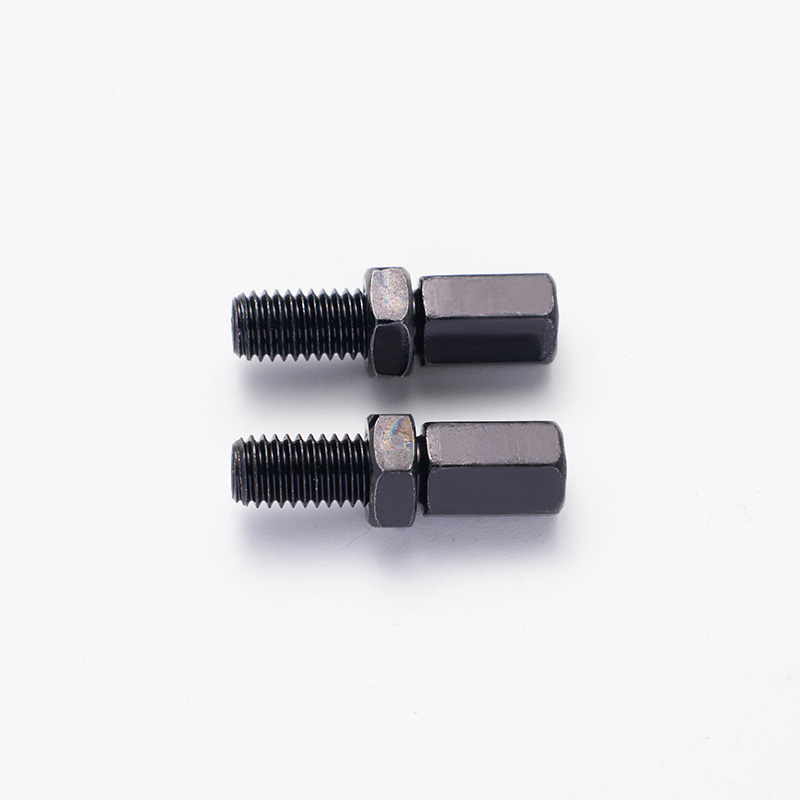
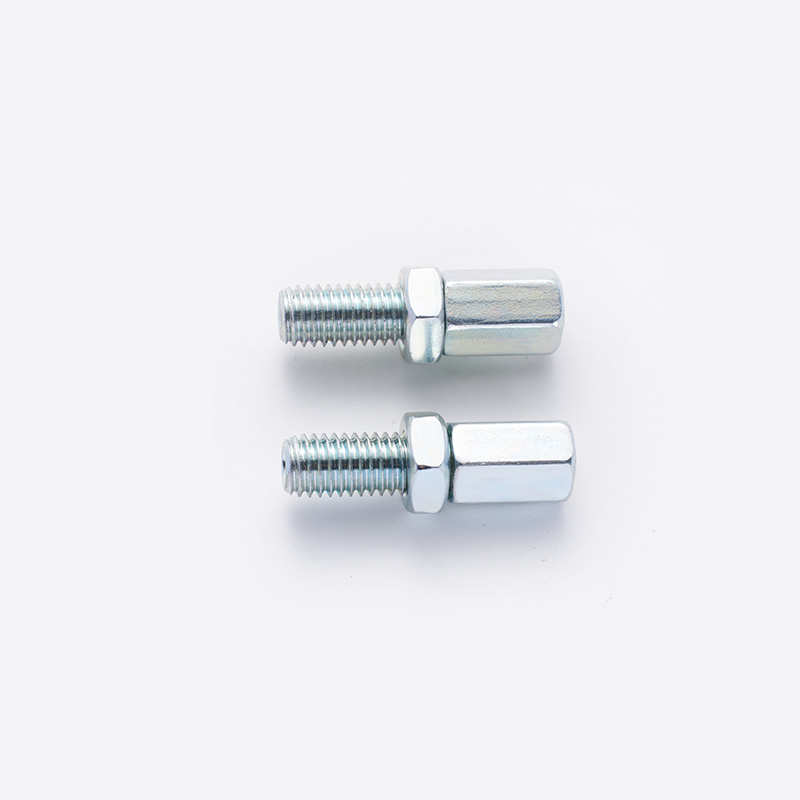

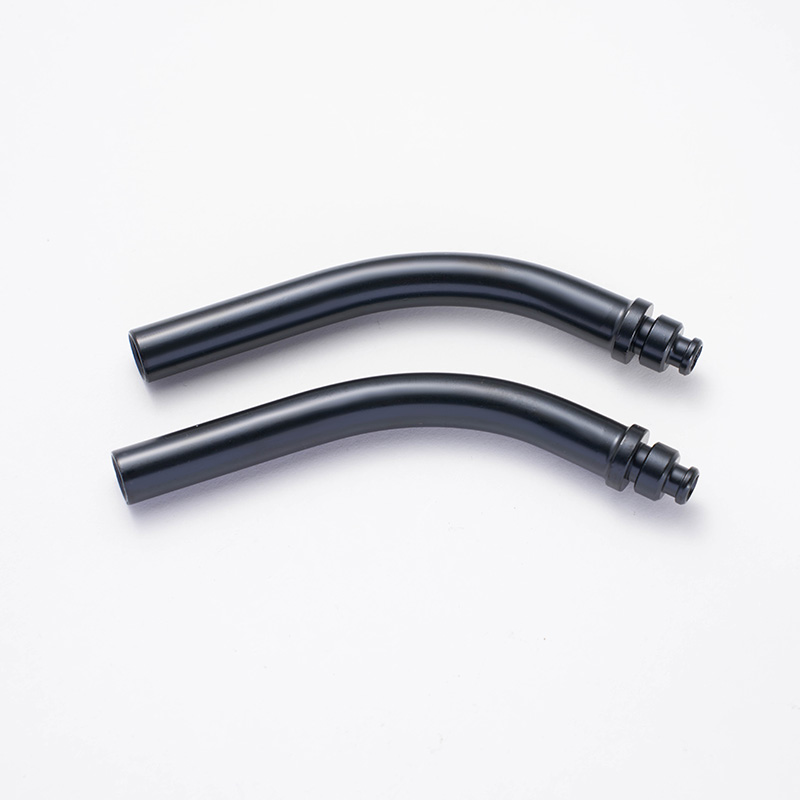

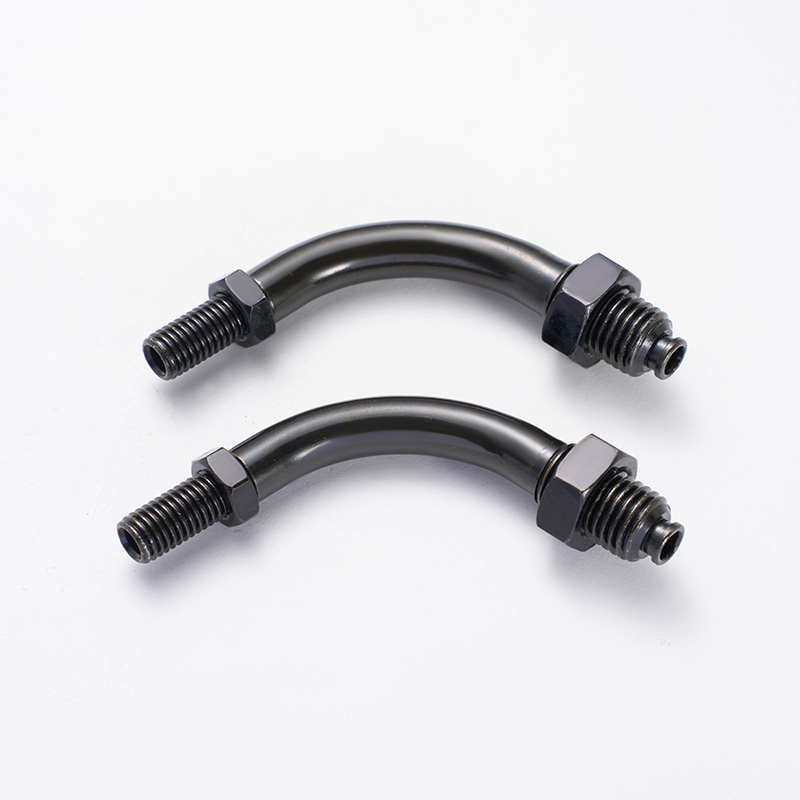

 English
English  Building 33, Demonstration Park, No. 318 Chenguang Road, Eastern New District, Wenling City, Taizhou City, Zhejiang Province, China
Building 33, Demonstration Park, No. 318 Chenguang Road, Eastern New District, Wenling City, Taizhou City, Zhejiang Province, China  0086-576-86337978
0086-576-86337978  0086-576-86333878
0086-576-86333878
 boo@zjmgmm.com
boo@zjmgmm.com 